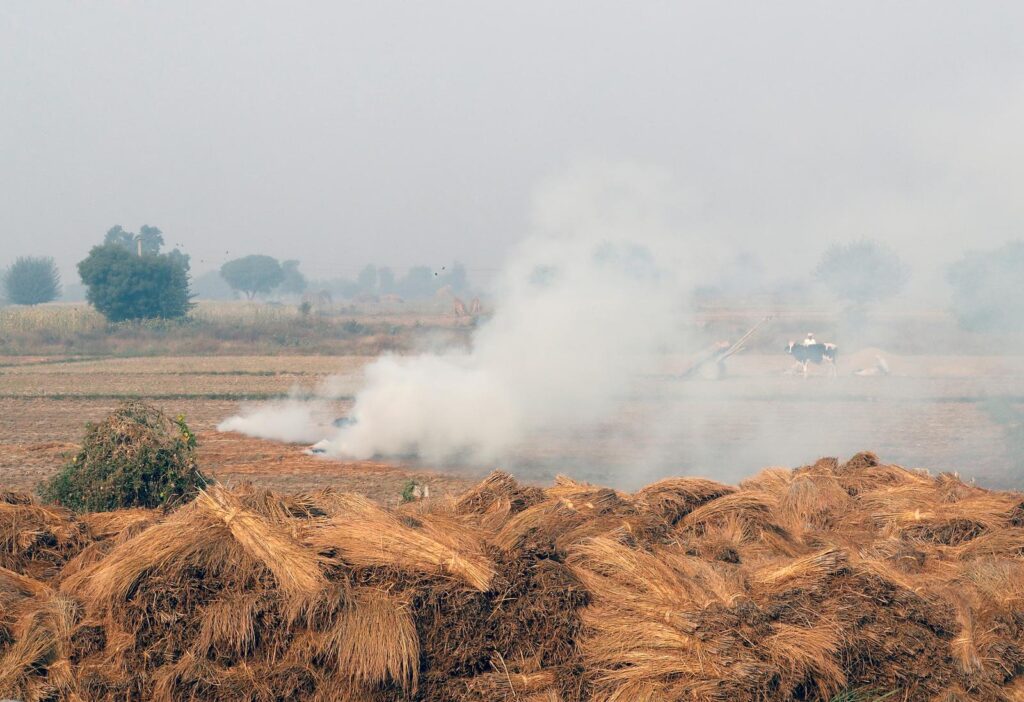Delhi Loses Cleaner Lockdown Air As Farmers Burn Crop Waste
Oct 1, 2020 | Pratirodh Bureau
FILE PHOTO: Smoke billows from crop stubble as it burns in a field near Jewar, Uttar Pradesh
India’s longest spell of clean air on record came to an end in September when New Delhi, the world’s most polluted capital city, recorded a significant deterioration in air quality, partly due to crop waste burning by farmers.
Up until this month, New Delhi and its satellite cities, which last year accounted for half of the dozen most-polluted cities worldwide, had enjoyed respite due to the strict nationwide lockdown to stem the spread of the coronavirus.
But, a pick-up in economic activity and a slightly early start to crop waste burning, a significant source of pollution during the winter months, has made the air more toxic again.
“The gains which we had seen because of the lockdown are lost in September,” said Sachchida Nand Tripathi, a professor at the Indian Institute of Technology (IIT) Kanpur and a member of the National Clear Air Mission, a federal body.
In September, the concentration of poisonous PM2.5 particles in a cubic metre of air averaged at 47.64 micrograms, more than 17% higher from the same month last year, according to a Reuters analysis of government data, indicating a “poor” rating.
That is almost twice the level deemed safe by the World Health Organisation (WHO), though it is still below the safety level of 60 micrograms set by SAFAR, India’s environment monitoring agency.
In Punjab state, to the north of New Delhi, there were about 70 crop fires in September, more than double the number in the same month last year, according to a study by IIT, Kanpur.
Air pollution typically worsens during the winter months from October to December.
Last year, New Delhi suffered nine consecutive days in late October, early November when the air quality was hazardous, with a PM2.5 reading of 509.2 micrograms recorded on Nov. 3 by IQ AirVisual, a Swiss-based group that gathers air-quality data globally.
Authorities intensified a campaign to reduce crop waste burning after the outrage caused by last year’s sickening air quality levels, and officials say farmers are likely to reduce burning by 75-80% this year.
